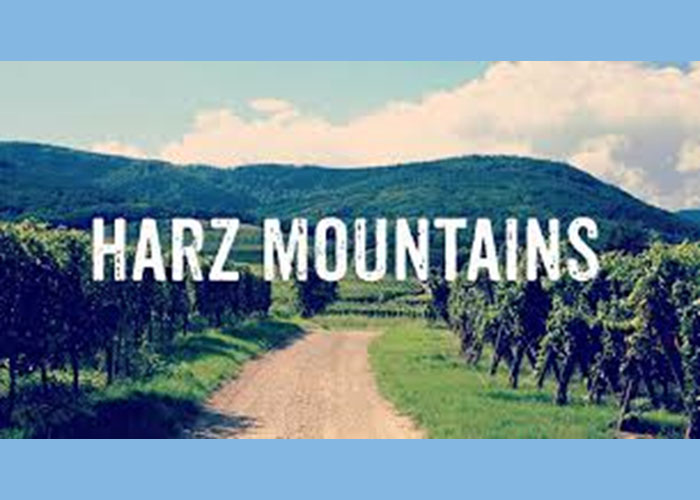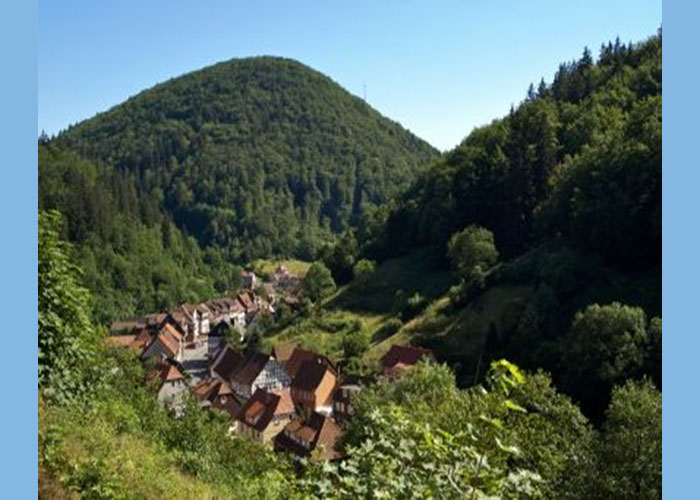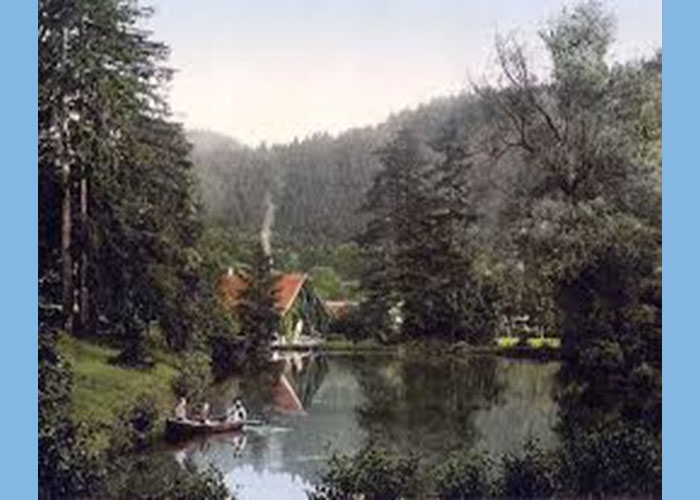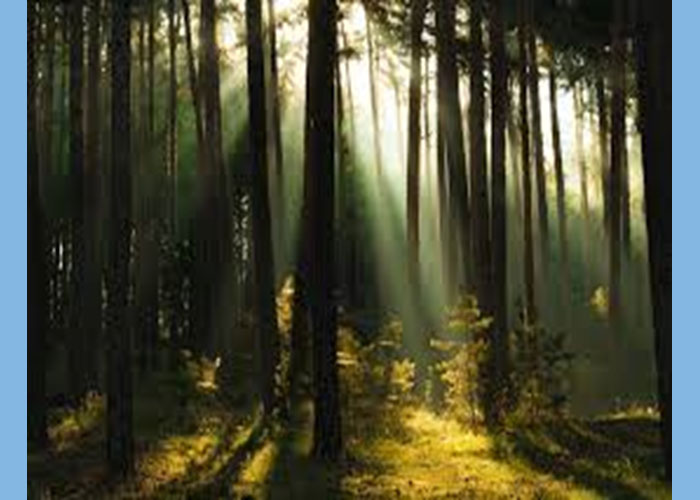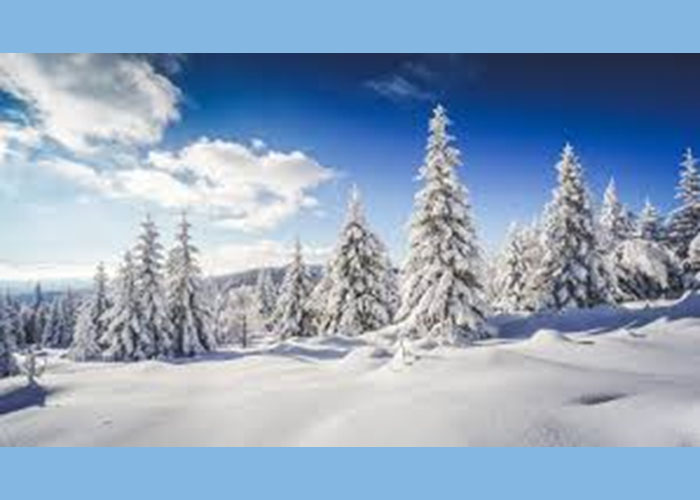The Christlieb-Chrislip-Crislip Family Association Archives
Here, will be kept various presentations and other archival materials pertaining to the Christlieb-Chrislip-Crislip Family Association.
Our Pre-American History — Towns and Villages in the German Rhineland
Pertinent
to Our Immigrant Ancestors
— Frankenstein —
Home of Simon aus Frankenstein
Before he became Friedrich Carl Christlieb

Have any of you ever owned a canary? If so, you probably fed it “Hartz Mountain Song Food.”

Well, the village of Frankenstein, where Friedrich Carl Christlieb grew up, lies within the Harz/Hartz Mountains within the Rhineland Palatinate, which is located in Southwestern Germany. The Hartz Mountains was also one of the sources of old fairy tales that the Grimm brothers collected and published.
Before we begin, let's have a look at the beauty of the region.
Selected views of the area in and around the Harz Mountains
Frankenstein is a German name consisting of two words: The Franks were a Germanic tribe and “stein” is the German word for “stone.” Accordingly, the meaning of Frankenstein is “Stone of the Franks.” The word “stein” is common in names of landscapes, places and castles in Germany. Consequently, the term “Frankenstein” is a rather ordinary name for a castle in this region.
Anytime the name Frankenstein is mentioned, people immediately think of the movie monster of the same name that was created by Mary Wollstonecraft, during one stormy night in 1816, in Geneva, Switzerland, when she and her future husband Percy Bysshe Shelley, along with England’s romantic poet, Lord Byron, while sitting around the fireplace, bet they could write scary stories better that the purveyors of cheap scary literature of the day known as “Penny Dreadfuls.”
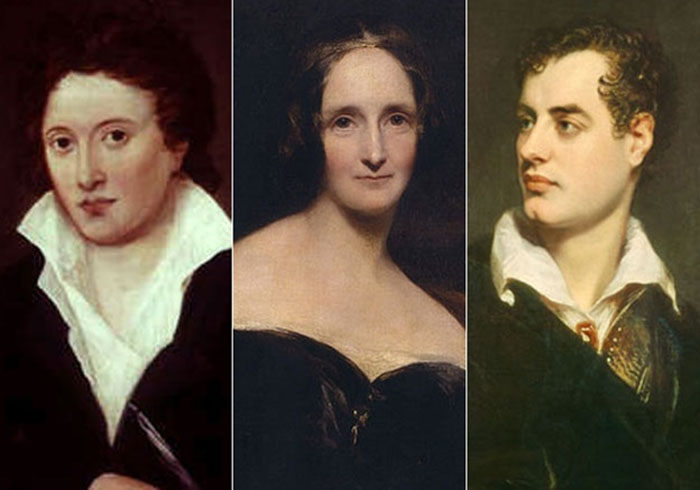
Percy Bysshe Shelley, Mary Wollstonecraft, and Lord Byron
Byron started a vampire story but grew quickly bored. Percy Shelley scribbled some middling haunting verse; but 19-year-old Mary, who had never had a novel published before, invented Victor Frankenstein—a man of science so infected by his power of knowledge and ego, that he made a creature from the parts of the dead, only to have the result of his over-reaching ego destroy him and those he loved.
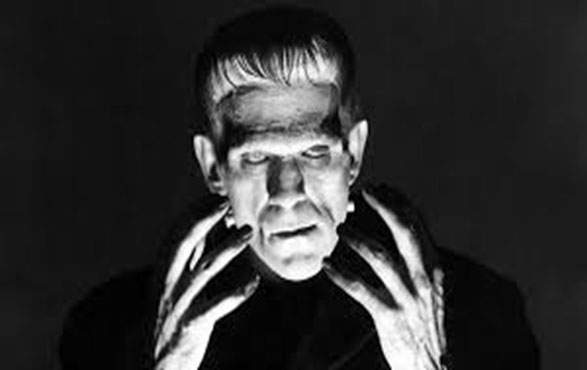
Victor Frankenstein
The monster actuimageally had no name, but became synonymous with the name Frankenstein. Speculation has resulted in a search for a connection between the name and a real place. Mary and Percy Shelly traveled down the Rhine River on a return back to England from Switzerland and may have visited one of two castles along the journey.
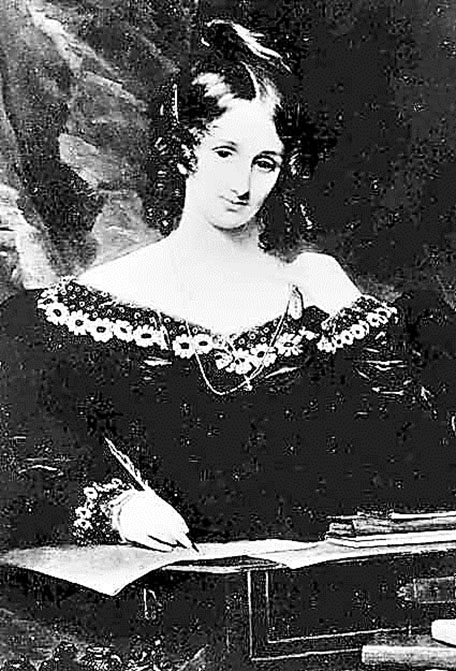
Mary Wallstonecraft Shelley
Strikingly, the Castle Frankenstein ruins clinging to a rock overlooking the small town with the infamous name, one can picture the angry villagers with pitchforks storming the castle while Boris Karloff rages from the burning battlements. And if peering close, one can almost see the face of the monster in the rocky crag to which the castle ruins cling, which might have inspired a young woman author surrounded by men of notoriously monstrous talent and egos. As for other Castle Frankensteins, there is a beautiful one overlooking the Rhine River – Burg Gutenfels that some tour operators refer to as Frankenstein (it fits better on the boat tour) but was actually built by the von Falkensteins. The most familiar Frankenstein Castle is the ruin in Darmstadt near Frankfurt with legends of a murderous doctor which has also claimed the literary Frankenstein inspiration mantle and is easier to reach than the castle ruin in Rhineland-Pfalz. In the end, the 19-year-old authoress of the world's most famous monster may not have set foot in any castle named Frankenstein.
The Castle Ruin at Frankenstein
Located on a winding road in the Rhineland Palatine region, near the wine road town of Bad Dürkheim, the red limestone castle ruin still holds its prominent position above the tiny village of Frankenstein. Today, only a few walls remain where the former main hall stood.

The castle at Frankenstein began as a watch tower which had a 190 degree view of the road below, which was the route to Speyer, Dürkheim, and Worms. Erected around the year 1140 in the 12th century, the tower’s purpose was to protect the road leading to Speyer, Dürkheim, and Worms. In time, it became one of the most interesting buildings of defense in the Palatinate.
Being the sole property of the Counts of Leiningen, it was enlarged in the 14th and 15th centuries, and was one of the oldest nobility residences in the Palatine. The Counts of Leiningen are documented as the last possessors of the Frankenstein Castle.
By 1560, following the German Peasants' War, the castle was so damaged that it was considered uninhabitable as a residence. Nevertheless, it served military purposes because of its strategic position. Occupied by the Spanish and the French in various wars, it suffered most of its destruction in the Thirty Years’ War (1618–1648). It is known, however, that as late as 1703, the chapel of the castle was used for Divine Services by soldiers of the French Occupation Troops.
The ruins of the castle were preserved for posterity in the 1880s and again in the late 1930s, around the time of Hitler.
Today the castle is owned by the state of Rhineland-Palatinate. In the 1970s and 1980s some parts of the castle were further restored.
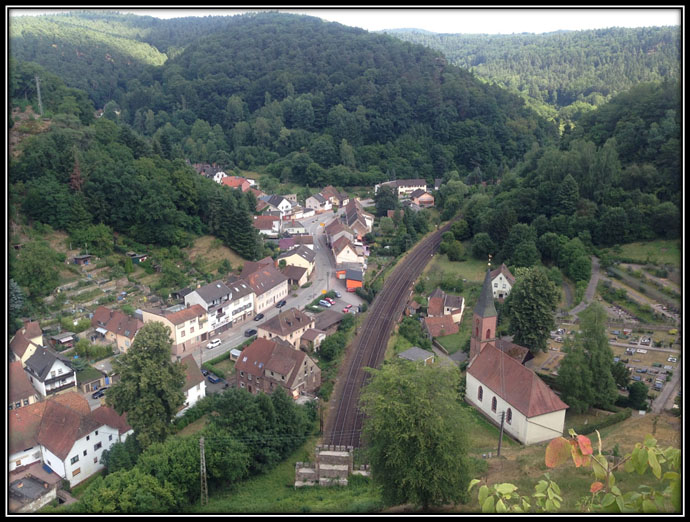
Overlooking Frankenstein Village is this view from the Castle Ruin.
The village with its history is closely connected with that of its castle. The village is situated in the so-called Dürkheim Valley.
As a lad growing up in Frankenstein, Simon, who is referred to as Simon aus Frankenstein, who later became Friedrich Carl Christlieb, and his playmates would have found the old ruin an irresistible and fascinating place to explore. Similarly, his sons, Jacob and Carl, would have had a similar experience, when they lived within the shadow of the Limburg Ruin near Dürkheim.
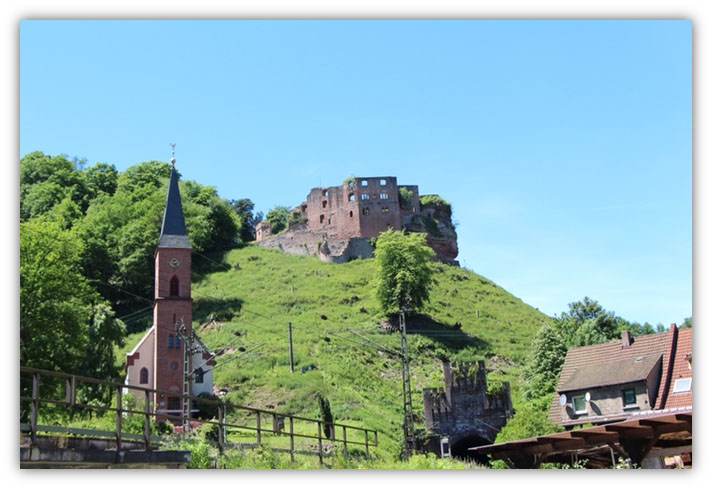
The Reformed Church with the Frankenstein Castle Ruin above.
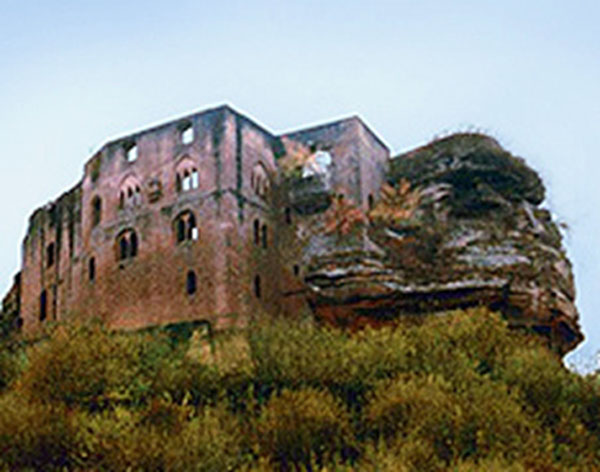
Can you see the monster's face in the rock outcropping?
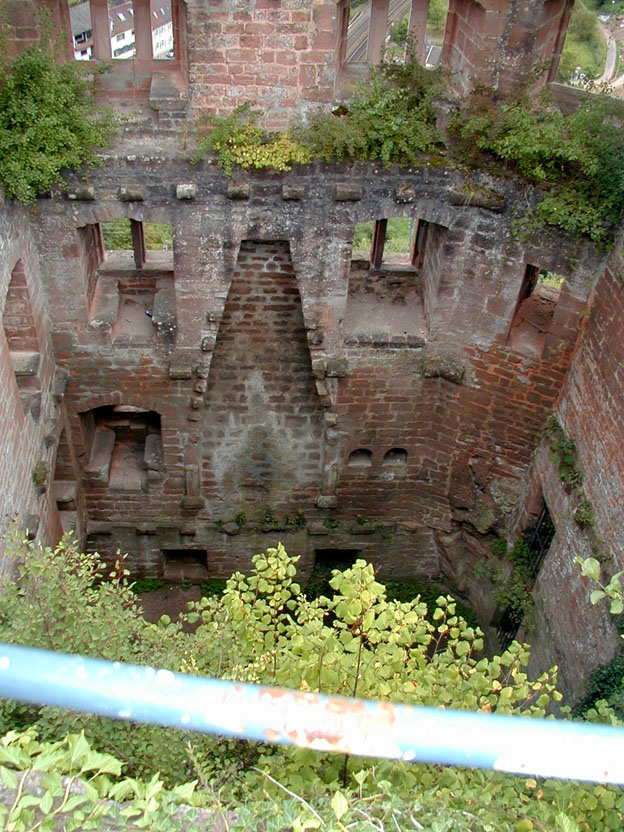
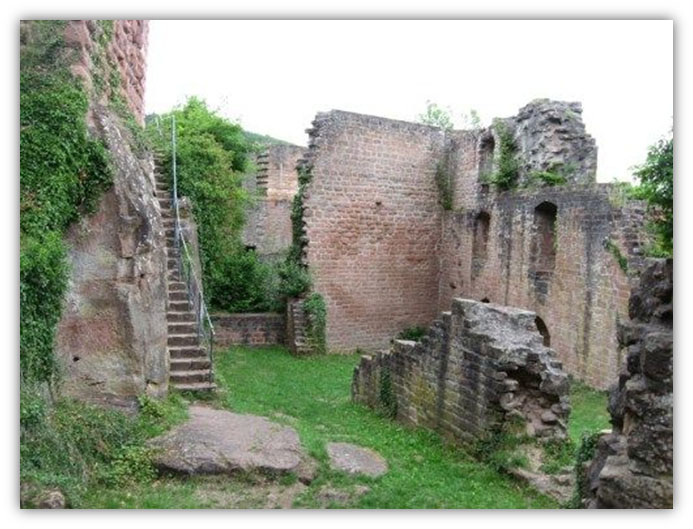
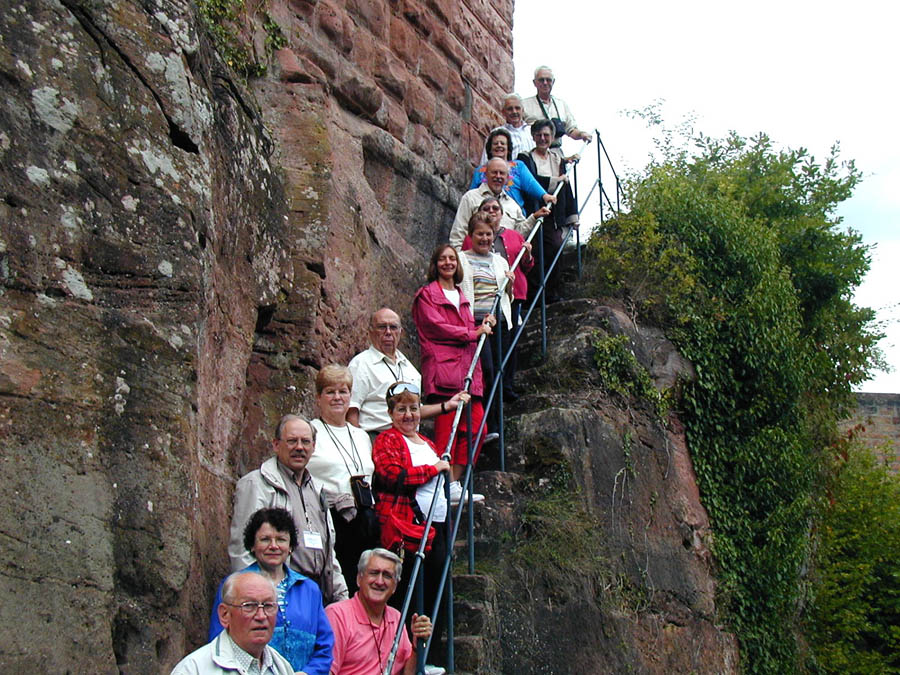
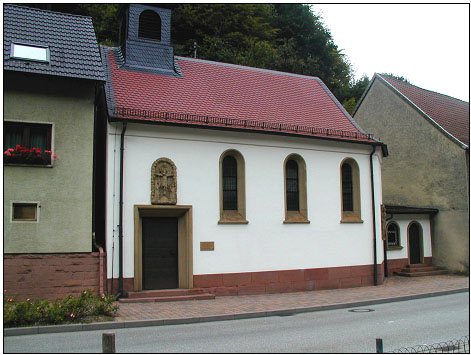
The Synagogue at Frankenstein
In 1618, fifteen Jewish families lived in Frankenstein. During the Thirty-Years’ War, a large part of the population was killed or expelled. In 1648, when the war ended, there were only nine Jewish families left.
By 1787, there were recorded at Frankenstein 60 houses, 74 families, two schools, the Synagogue, and the Reformed Church Members had built a church of their own in the early part of the century.
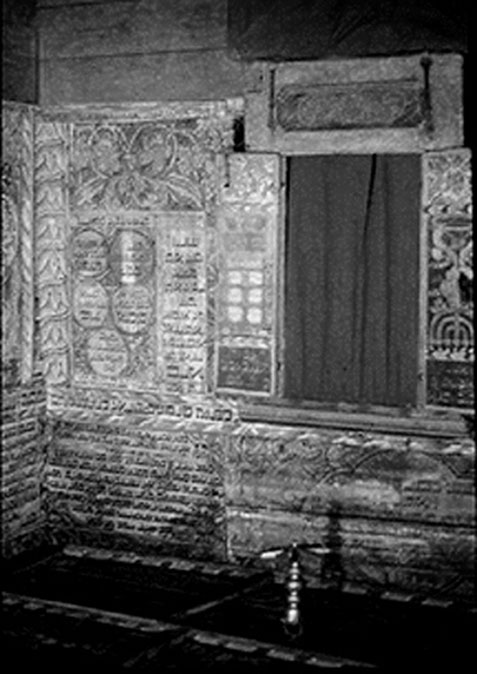
Shown here is the interior of a small 18th-century
German Synagogue contemporaneous
with
the one at Frankenstein.
By 1932, with no Jews residing in the community, Catholics purchased the tiny building and converted it into a church, thereby doubling its size. By the following year, the building was completed.
The synagogue at Frankenstein was quite small. Here, the old synagogue is seen undergoing reconstruction in 1932. The original building was not as tall. The half-storied space above provided living quarters for the Rabbi and his family. Interior columns salvaged from the synagogue once graced the garden of one of Frankenstein’s citizens; however, all were destroyed in World War II.
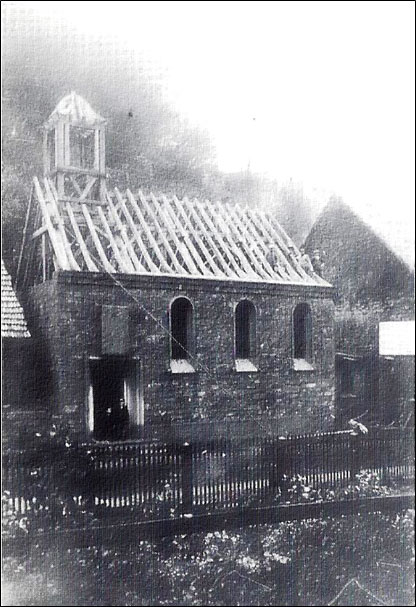
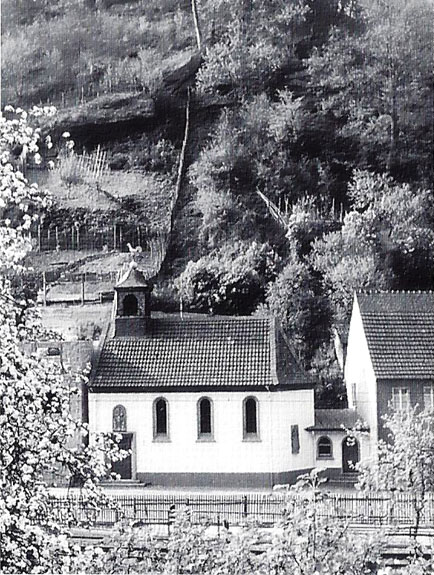
Sankt Anna Katholische Kirche
Saint Ann Catholic Church
Built 1932
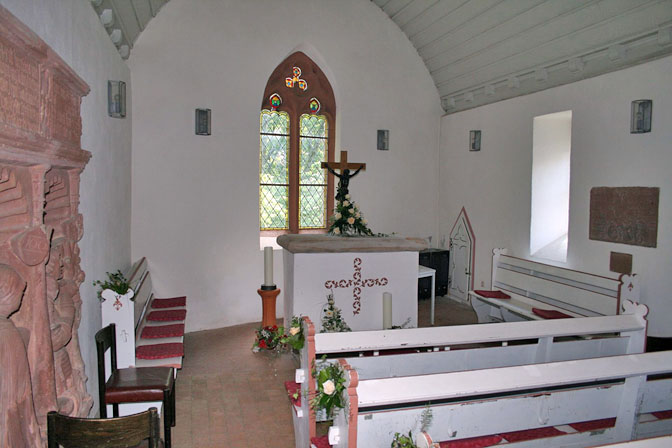
A small alcove in the street-side interior wall holds a
Menorah, in deference to the building's
origins.
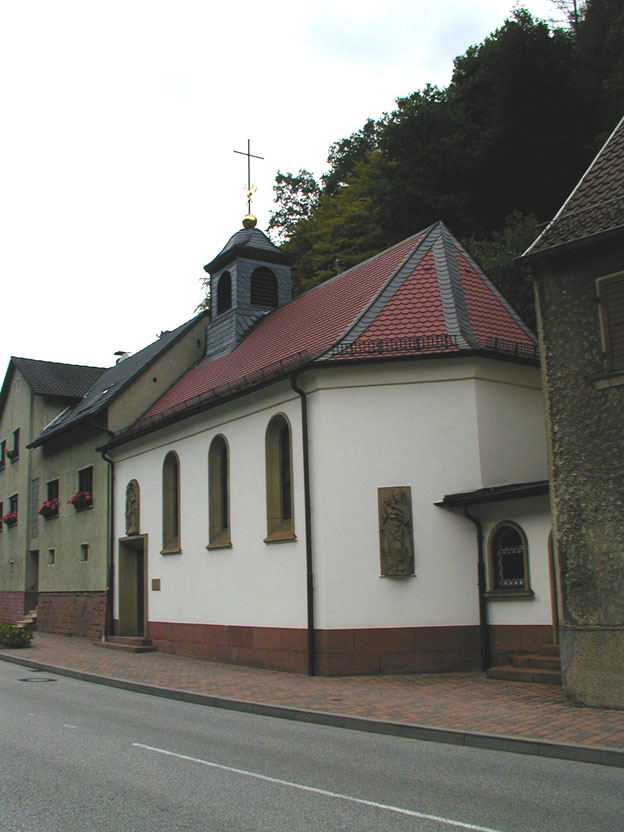
20th Century Views of Frankenstein
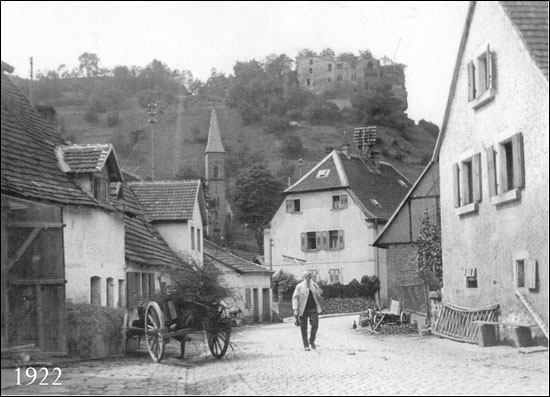
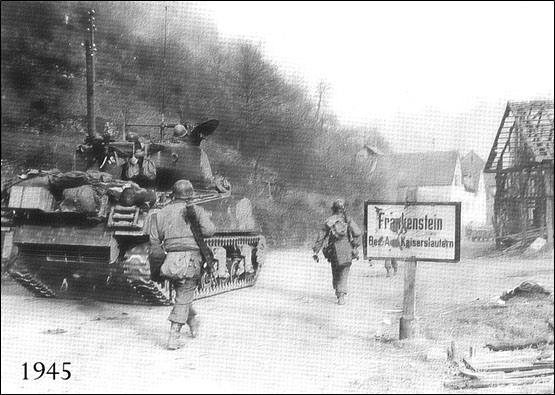
American soldiers marching through Frankenstein on March 20, 1945.
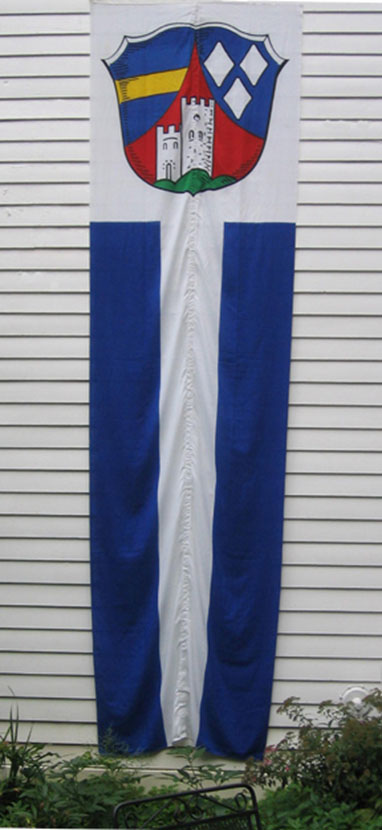
After members of the Christlieb-Chrislip-Crislip Family Association had visited Frankenstein in 1998, the town fathers sent the Association a banner of their community. Since then, the banner has been proudly displayed at biennial reunions.
Elements of the Frankenstein Banner were eventually incorporated into the Christlieb-Chrislip-Crislip family crest.

